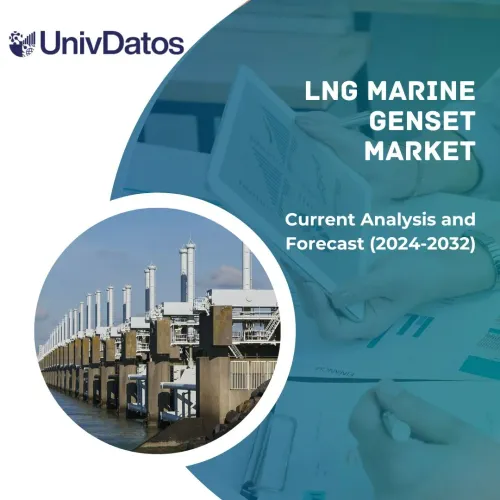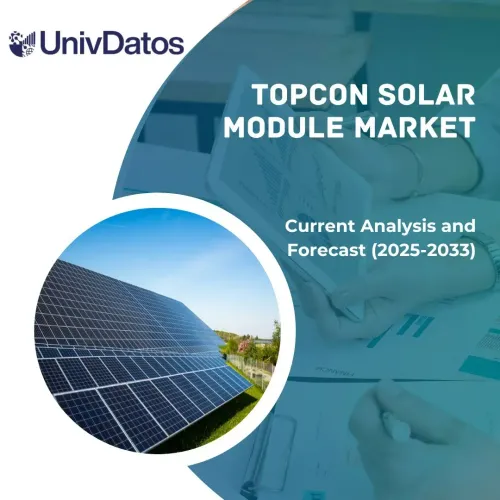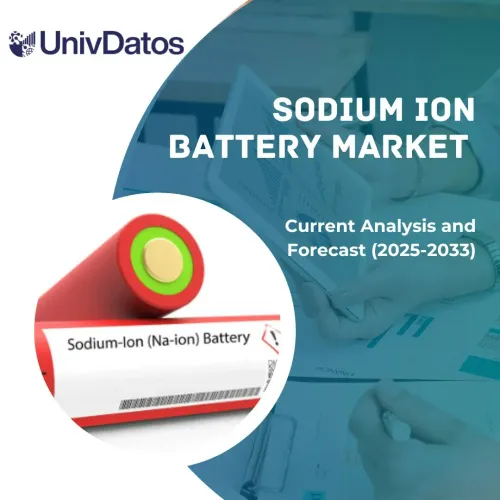- Home
- About Us
- Industry
- Services
- Reading
- Contact Us
Waste to Energy Market: Current Analysis and Forecast (2021-2027)
Emphasis on Technology (Biological Technology (Biogas Plants, Landfills Gas, and Fermentation), Thermal Technology (Pyrolysis, Incineration, Gasification), and Physical Technology), and Region and Country
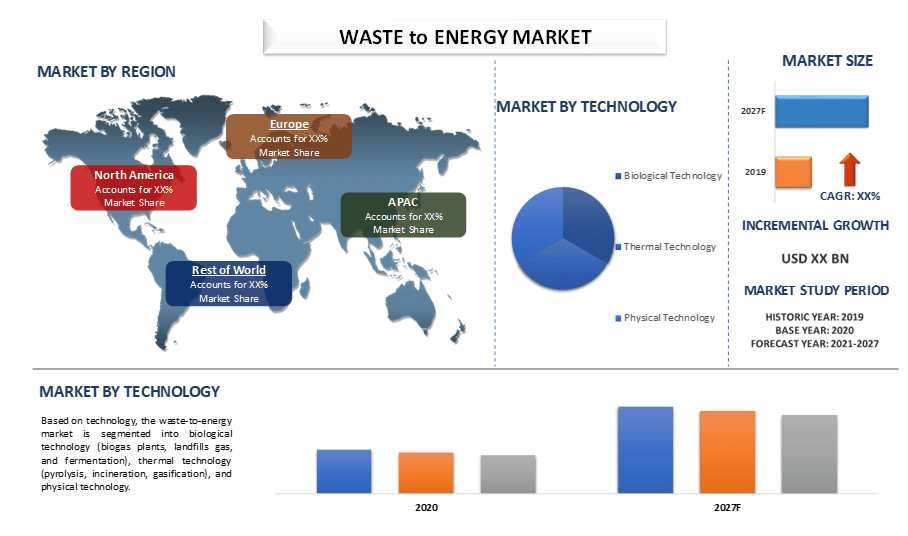
The Global Waste to energy market is expected to grow at a CAGR of more than 6% during the forecast period (2021-2027). The waste to energy market is growing at a propelling rate and is expected to have a substantial market demand in the forecasted period as well. The tremendous rise in municipal solid waste (MSW) in the fast-growing cities of developing and emerging countries have led to increasing public concerns with regards to the resultant health and environmental impacts which is escalating the need for recycling waste for energy. Moreover, growing demand for constant and reliable power supply in line with efficient resource utilization, rising penetration of captive power projects coupled with increasing techno financial assistance by regulatory arms will drive the growth of the global market.
Furthermore, governments are focusing on commercializing alternate sources of energy such as Waste to Energy (WTE) technology owing to the rapid depletion of conventional energy sources. In addition, the implementation of environmental policies regarding the reduction of carbon emissions from fossil-fuel usage is expected to further provide a boost to industry growth.
The coronavirus pandemic was declared a public health emergency worldwide by World Health Organization (WHO) in 2020. Governments across nations implemented lockdown and ban on traveling, the shutdown of manufacturing industries, commercial activities this had severely disrupted the supply chain has just not impacted the global industry. However, However, the market is expected to recover by 2021, owing to the increasing efforts to promote waste-to-energy plants by various countries across the world.
Waste to Energy, Technology 2020
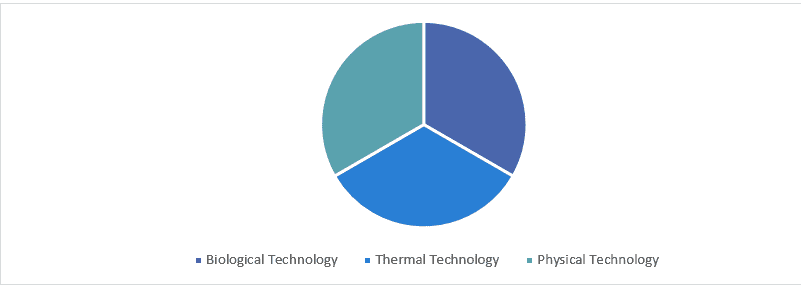
Abu Dhabi National Energy Company Pjsc (Taqa), John Wood Group Plc, Babcock & Wilcox Enterprises, Inc., C&G Ltd., China Everbright International Limited, Covanta Holding Corporation, Suez, Veolia, Waste Management, Inc., CNIM. Several M&As along with partnerships have been undertaken by these players to facilitate customers with hi-tech and innovative products/technologies.
Insights Presented in the Report
“Amongst technology, thermal technology segment holds the major share”
Based on technology, the waste-to-energy market is segmented into biological technology (biogas plants, landfills gas, and fermentation), thermal technology (pyrolysis, incineration, gasification), and physical technology. The thermal technology caters to extensive market share in the waste to the energy market. It is mainly owing to the increasing development of waste incineration facilities across the world. In addition, other factors, such as industrialization and economic development, would also contribute toward MSW generation, which is further expected to influence the growth of the thermal-based waste-to-energy market.
“Asia Pacific represents one of the extensive market shares of global waste to energy Market”
For a better understanding of the market dynamics of the global waste to energy Asia Pacific caters substantial share in the waste to energy market over the past few years and is expected to have an influential growth rate in the forecasted period as well. It is mainly owing to the increasing efforts taken by the government in adopting better MSW management practices, providing incentives for waste-to-energy projects in the form of capital subsidies and feed-in tariffs, and providing financial support for R&D projects on a cost-sharing basis.
Reasons to buy this report:
- The study includes market sizing and forecasting analysis validated by authenticated key industry experts.
- The report presents a quick review of overall industry performance at one glance.
- The report covers an in-depth analysis of prominent industry peers with a primary focus on key business financials, product portfolios, expansion strategies, and recent developments.
- Detailed examination of drivers, restraints, key trends, and opportunities prevailing in the industry.
- The study comprehensively covers the market across different segments.
- Deep dive regional level analysis of the industry.
Customization Options:
The Global Waste to energy market can further be customized as per the requirement or any other market segment. Besides this, UMI understands that you may have your own business needs, hence feel free to connect with us to get a report that completely suits your requirements.
Table of Content
Analyzing the historical market, estimating of the current market, and forecasting the future market of the global waste to energy market were the three major steps undertaken to create and analyze the adoption of waste to energy in major regions globally. Exhaustive secondary research was conducted to collect the historical market numbers and estimate the current market size. Secondly, to validate these insights, numerous findings and assumptions were taken into consideration. Moreover, exhaustive primary interviews were also conducted, with industry experts across the value chain of the global waste to energy market. Post assumption and validation of market numbers through primary interviews, we employed a top-down/bottom-up approach to forecasting the complete market size. Thereafter, market breakdown and data triangulation methods were adopted to estimate and analyze the market size of segments and sub-segments of the industry pertains to. Detailed methodology is explained below:
Seek More Details About Research Methodology
Step 1: In-Depth Study of Secondary Sources:
Detail secondary study was conducted to obtain the historical market size of the waste to energy market through company internal sources such as annual reports & financial statements, performance presentations, press releases, etc., and external sources including journals, news & articles, government publications, competitor publications, sector reports, third-party database, and other credible publications.
Step 2: Market Segmentation:
After obtaining the historical market size of the waste to energy market, we conducted a detailed secondary analysis to gather historical market insights and share for different segments & sub-segments for major regions. Major segments included in the report as technology and region. Further country-level analyses were conducted to evaluate the overall adoption of testing models in that region.
Step 3: Factor Analysis:
After acquiring the historical market size of different segments and sub-segments, we conducted a detailed factor analysis to estimate the current market size of the waste to energy market. Further, we conducted factor analysis using dependent and independent variables such as growing concern for waste management owing to the increasing amount of waste generation. A thorough analysis was conducted for demand and supply-side scenarios considering top partnerships, mergers and acquisitions, business expansion, and product launches in the Waste to energy market sector across the globe.
Current Market Size Estimate & Forecast
Current Market Sizing: Based on actionable insights from the above 3 steps, we arrived at the current market size, key players in the global waste to energy market, and market shares of the segments. All the required percentage shares split, and market breakdowns were determined using the above-mentioned secondary approach and were verified through primary interviews.
Estimation & Forecasting: For market estimation and forecast, weights were assigned to different factors including drivers & trends, restraints, and opportunities available for the stakeholders. After analyzing these factors, relevant forecasting techniques i.e., top-down/bottom-up approach were applied to arrive at the market forecast about 2027 for different segments and sub-segments across the major markets globally. The research methodology adopted to estimate the market size encompasses:
- The industry’s market size, in terms of value (US$) and the adoption rate of waste to energy market across the major markets domestically
- All percentage shares, splits, and breakdowns of market segments and sub-segments
- Key players in the global waste to energy market in terms of the category offered. Also, the growth strategies adopted by these players to compete in the fast-growing market
Market Size and Share Validation
Primary Research: In-depth interviews were conducted with the Key Opinion Leaders (KOLs) including Top Level Executives (CXO/VPs, Sales Head, Marketing Head, Operational Head, and Regional Head, Country Head, etc.) across major regions. Primary research findings were then summarized, and statistical analysis was performed to prove the stated hypothesis. Inputs from primary research were consolidated with secondary findings, hence turning information into actionable insights.
Split of Primary Participants in Different Regions
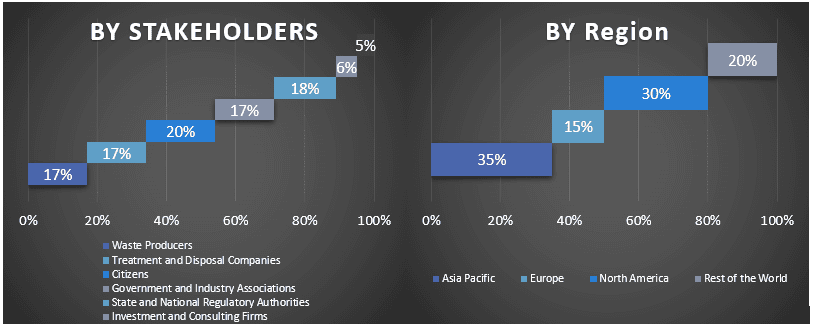
Market Engineering
The data triangulation technique was employed to complete the overall market estimation and to arrive at precise statistical numbers for each segment and sub-segment of the global waste to energy market. Data was split into several segments & sub-segments post studying various parameters and trends in the areas of technology in the global waste to energy market.
The main objective of the Global Waste to Energy Market Study
The current & future market trends of the global waste to energy market were pinpointed in the study. Investors can gain strategic insights to base their discretion for investments on the qualitative and quantitative analysis performed in the study. Current and future market trends were determined the overall attractiveness of the market at a regional level, providing a platform for the industrial participant to exploit the untapped market to benefit as a first-mover advantage. Other quantitative goals of the studies include:
- Analyze the current and forecast market size of the waste to energy market in terms of value (US$). Also, analyze the current and forecast market size of different segments and sub-segments
- Segments in the study include areas of
- Define and analysis of the regulatory framework for the waste-to-energy market industry.
- Analyze the value chain involved with the presence of various intermediaries, along with analyzing customer and competitor behaviors of the industry.
- Analyze the current and forecast market size of the waste to energy market for the major region.
- Major regions studied in the report include Asia Pacific, Europe, North America, and the Rest of the World.
- Company profiles of the waste to energy market and the growth strategies adopted by the market players to sustain in the fast-growing market
Deep dive regional level analysis of the industry
Related Reports
Customers who bought this item also bought

